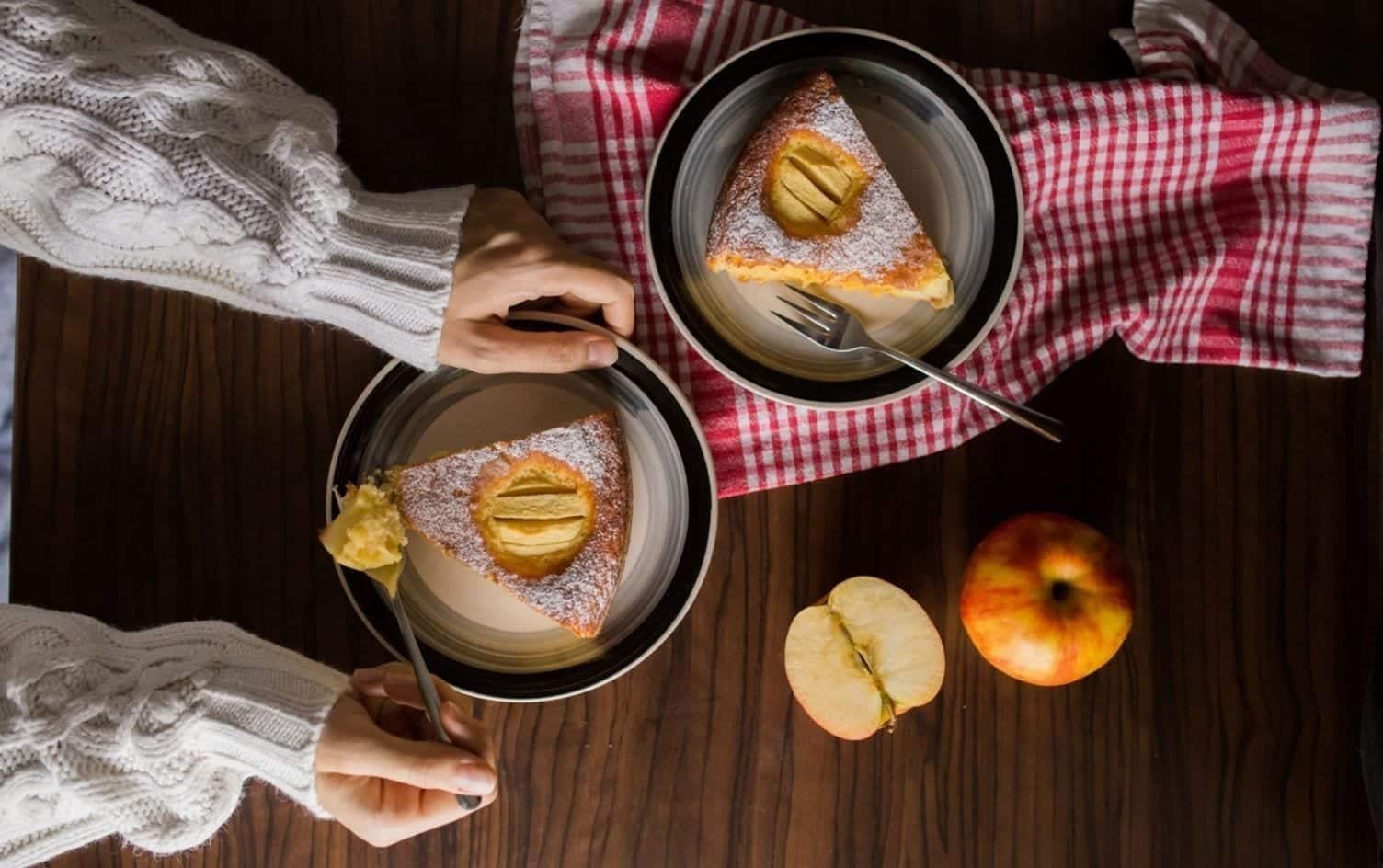During the winter months, many celebrate with holiday desserts and wine and keep our spirits up with comfort foods like hot chocolate and gingerbread. Unfortunately, there are several downsides to eating so much sugar. Chances are, you already know a high-sugar diet has been linked to numerous knocks on your health like obesity, cardiovascular disease and Type 2 diabetes. But that’s not all. Too much added sugar — found in desserts, candy, fast-food and packaged snacks — could also negatively affect your mood.
THE SUGAR-WINTER DEPRESSION LINK
“For those who are prone to seasonal depression from late fall through winter, turning to sweets could actually worsen distressing symptoms like fatigue, changes in appetite, zapped motivation and a low mood,” says Evan M. Forman, PhD, a psychology professor and founding director of the Center for Weight, Eating and Lifestyle Science at Drexel University in Philadelphia.
While sugar can give you a brief mood boost by lighting up your brain’s reward circuits with the feel-good chemical dopamine, the more added sugar you eat, the more your risk of depression might go up, suggests a January 2020 study published in Medical Hypotheses. “The more sugar you consume, the less effective the sugar high becomes, meaning you need more sugar to have that same feel-good feeling,” explains study author Stephen S. Ilardi, PhD, an associate professor of clinical psychology at the University of Kansas in Lawrence. Over time, “this results in bigger dips in mood and energy levels.”
Added sugar also triggers a toxic process of inflammation in the brain which has been strongly linked to depression, notes Illardi. They also mess with your gut microbiome, which can bring down your mood by altering a line of communication called the gut-brain axis.
WAYS TO CUT BACK ON SUGAR
While you don’t have to give up sweets altogether, many people can benefit from dialing down sugar intake. Start by tracking what you eat and drink on an app like MyFitnessPal to get a sense of how much sugar you’re consuming, then try these tips for cutting back:
TREAT YOURSELF TO MINI INDULGENCES
“Find a few sugary treats you absolutely love and give yourself permission to indulge in a small amount each day and completely savor the experience,” says Ilardi. The average American eats 17 teaspoons (about 71 grams) of sugar each day, which is well over the daily limit of 6 teaspoons (25 grams) for women and 9 teaspoons (38 grams) for men that the World Health Organization (WHO) recommends. To stay in the safe zone, aim to eat no more than a few squares of dark chocolate, a couple of small cookies, a sliver of cake, or a cup of hot chocolate once a day.
SWAP SWEETS FOR FRUIT
Whenever possible, replace sweets with fruit, says Forman. The natural sugar in fruit can satisfy your sugar cravings without the same risks as added sugar, and they come with health benefits since they’re water-rich and high in filling fiber and nutrients. Try replacing sugar in baked goods with applesauce, sharing fresh oranges with loved ones, or making “nice cream” for a healthier dessert by blending frozen bananas with milk and add-ins like antioxidant-rich cocoa.
LOOK OUT FOR SNEAKY SUGAR
Many processed foods that don’t seem so sweet — sandwich bread, condiments, even spaghetti sauce — can be surprisingly high in added sugar. Make it a habit to read the label on any canned or packaged goods, and replace those high in added sugar with lower-sugar alternatives, suggests Forman. Think: whole-wheat bread, homemade condiments or canned tomatoes and veggies.
SPICE UP HOLIDAY BEVS
High-sugar drinks like fruit punch, spritzers and dessert coffees can be major downers. Case in point: One study finds regularly drinking beverages high in added sugar alone can cause a 20% increase in depression incidence over the next 4–5 years. The fix: Sip on drinks spruced up with non-sugar natural flavor enhancers like cinnamon, vanilla and mint, says Ilardi.
KNOW YOUR TRIGGERS
What situations or places tend to make you overdo it on sweets — the dessert table at annual gatherings or filling up holiday tins for family and friends? Whatever your triggers, it helps to identify them so you can be prepared, says Forman. Come up with strategies such as drinking a full glass of water and focusing on conversation first before going back to the dessert table or simply buying fewer treats so they’re not in your kitchen.
HIDE THE COOKIE JAR
Keep the sight and smell of tempting high-sugar foods away, and you might eat less of them simply because they’re not on your brain’s radar as much, says Ilardi. Instead of keeping a candy bowl on the counter or box of chocolates on the table, put them away in the pantry or in out-of-reach cupboards.
Unlock an experience that’s like having a dietitian, trainer and coach — right at your fingertips. Go Premium for expert guidance and exclusive tools that will help you reach your personal health goals.




